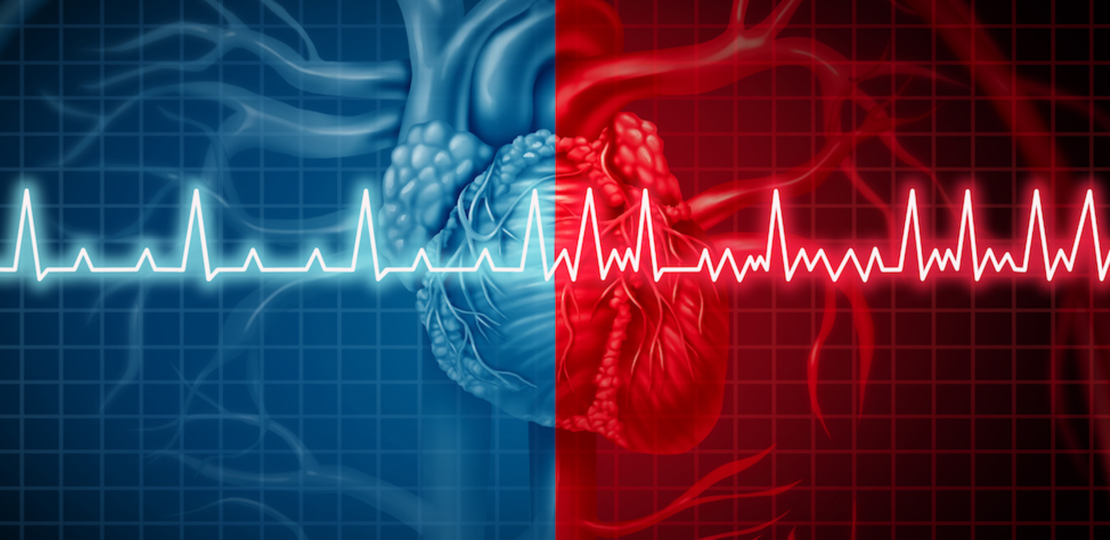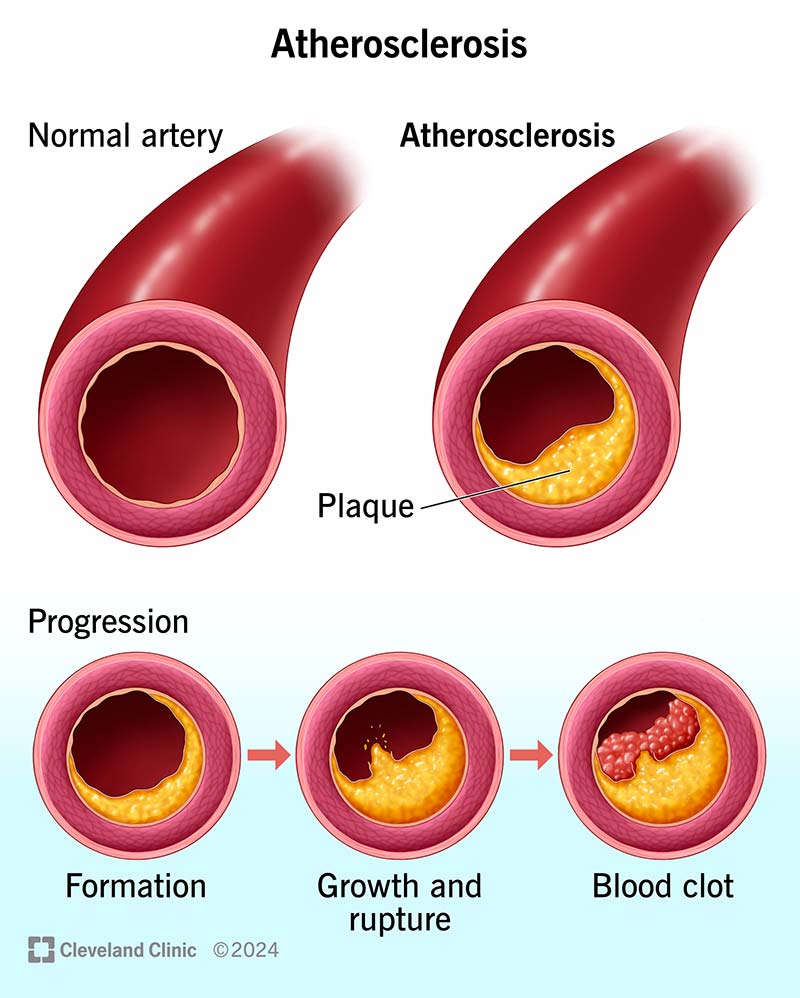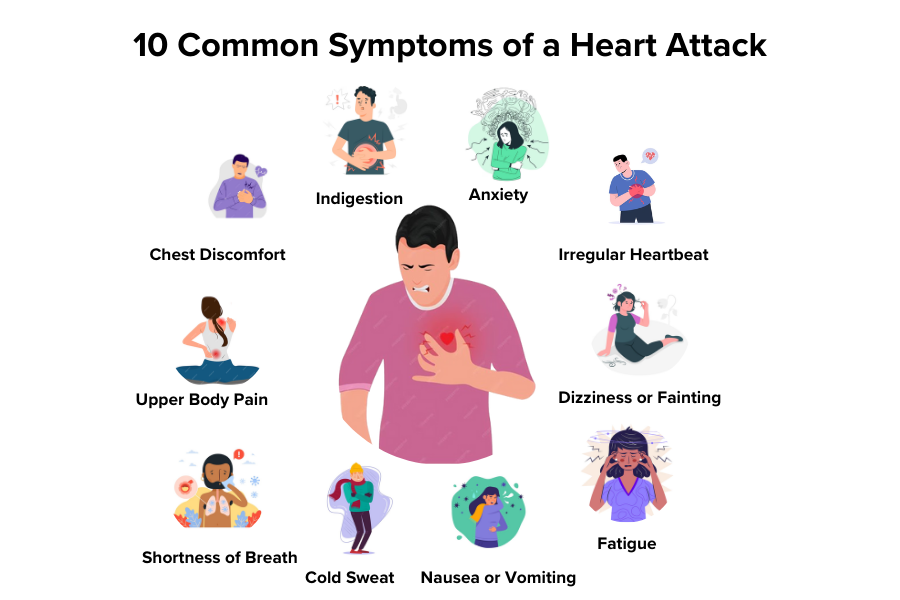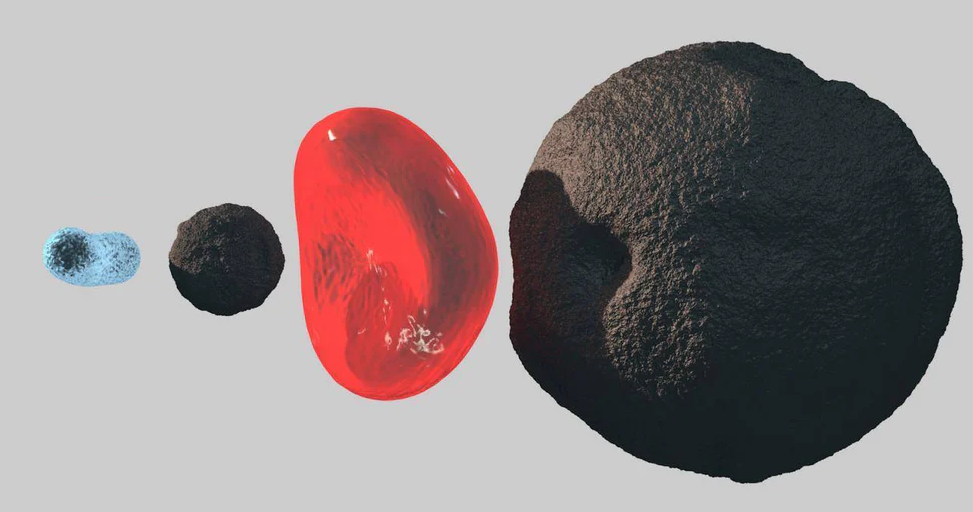
In my last article, I promised you that I will write the next one about additional impacts of polluted air on your health. We are going to look into heart diseases and pathologies that have some connection with the air we breathe. These are the ones that can also cause an early death in people who live in highly polluted areas.
Concerning cardiovascular diseases, we primarily talk about PM2.5 particles (those smaller than 2.5 micrometres in diameter) because they are so small. These particles are mainly produced by burning wood, coal or other solid fuels in households’ furnaces or stoves. As you breathe them in they are passing into your alveoli, then passing the membranes of alveoli, finally ending in your bloodstream. Alveoli are small sacs in lungs where oxygen is absorbed into the blood and carbon dioxide diffuses from blood into the alveoli and out from the body.
ARTERIES & VEINS
So what is the problem with these particles when they get into your bloodstream? They damage the innermost layer of the vessels, the endothelium, causing a local inflammatory reaction. These particles are also very reactive. They react with other molecules in the bloodstream forming oxygen radicals which in turn damage the endothelium. All this results in a process called atherosclerosis. Atherosclerosis is a very important aspect when talking about heart diseases. It’s a chronic inflammatory process happening inside the wall of the arteries making their wall thicker but their inner canal diameter smaller. This presents a blockage for blood flow which can lead to heart attack or stroke.
There are bigger risk factors for atherosclerosis like diabetes, high blood pressure, high lipid levels in your blood or smoking but since cardiovascular diseases are the leading cause of mortality in Europe, you don’t want to contribute with another, yet smaller risk factor, like polluted air.

HEART
Medical studies have proven the impact of polluted air on heart function. It can force your heart to beat too fast or too slow. It can also increase your resting blood pressure. Those tiny particles also make the blood „thicker“ which makes you more prone to get a thrombosis – blood clot – obstructing the flow into some body part. All this is especially dangerous for a patient who has been already diagnosed with a cardiovascular disease. The worsened symptoms could lead to cardiac insufficiency, pulmonary embolism (blockage of lung vessels), heart attack or even stopping your heart completely in sudden cardiac death.
Heart attack occurs when the blood supply to the cardiac muscle suddenly stops. The insufficiently supplied piece of heart tissue dies and can no longer function. In most cases the main cause is atherosclerosis, the process we talked about above. The PM particles can change the wall of the vessels and even the characteristics of the blood itself.

The heart and lungs are not separate but one affects the other. As I mentioned in my previous article, one of the complications of chronic obstructive pulmonary disease (COPN) is right-sided heart failure. Heart failure means that the heart can no longer pump the blood to the organs and tissues. The blood from the right side of the heart goes into the lungs. So if there is some lung pathology (like COPN), the lungs present a blockage for blood flow and the pressure in the right side of heart increases. That’s the simple pathology mechanism and just one example of how lungs and heart are interconnected.
When people hear about polluted air they usually think that it affects only the lungs, but the reality is that as those small inhaled particles are distributed by blood it can affect any organ in the body. Today we have talked about the impact of air pollution on our heart, the most severe yet the most underestimated one. I am looking forward to writing more articles like this one to spread the word about creeping dangers of air pollution. Until then, I wish you only the cleanest air and healthy heart.
RELATED POSTS
View all



